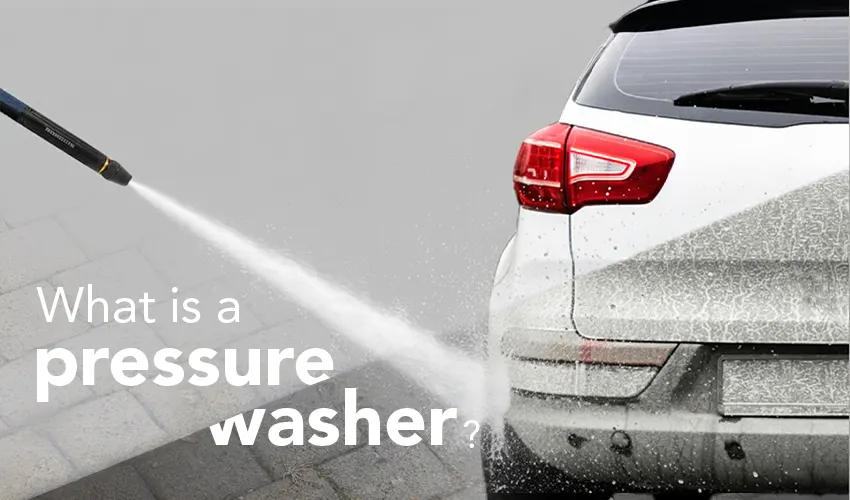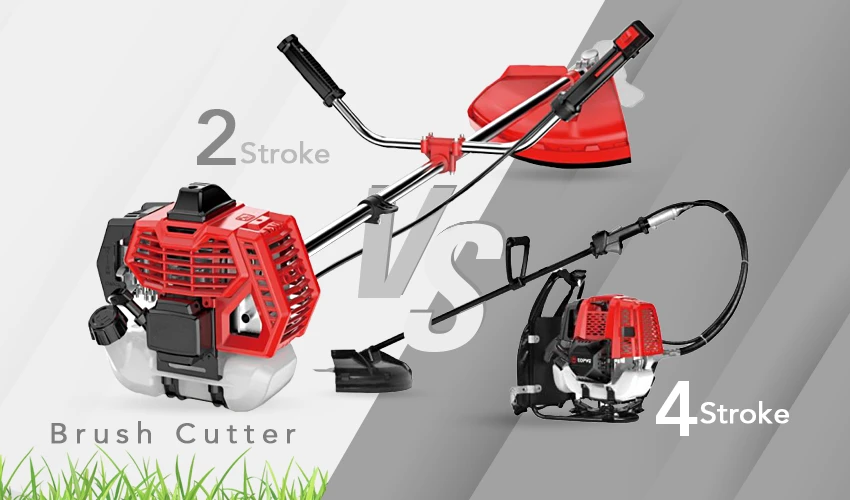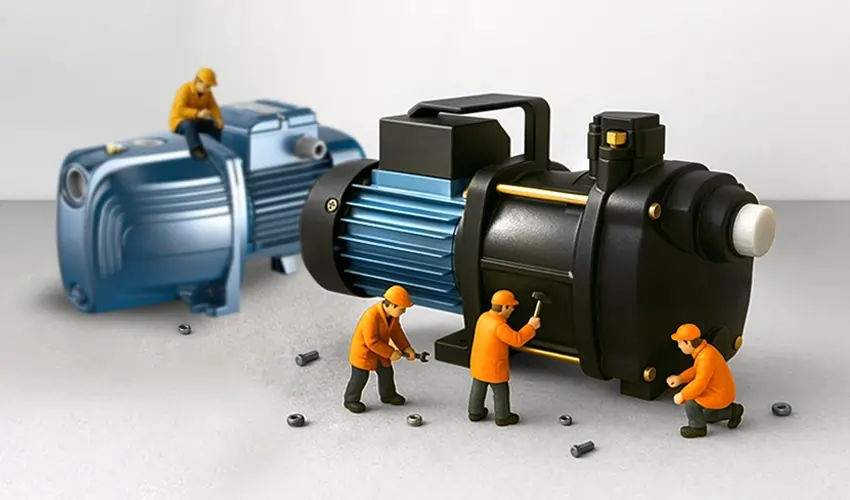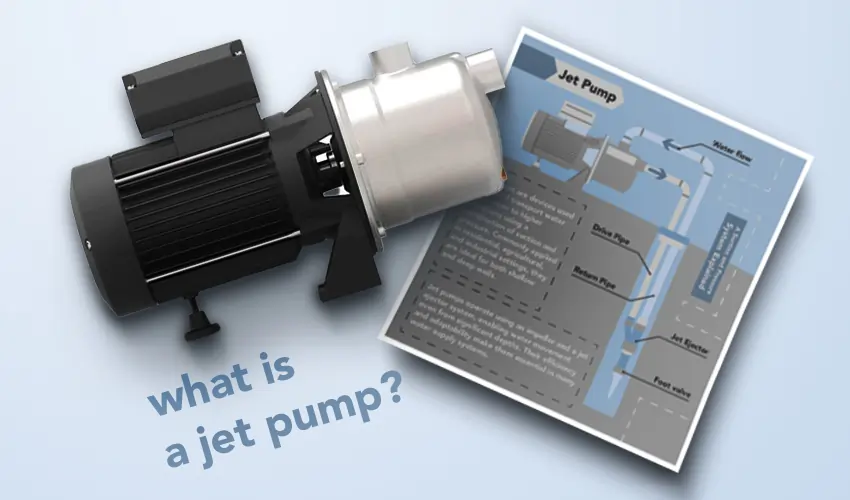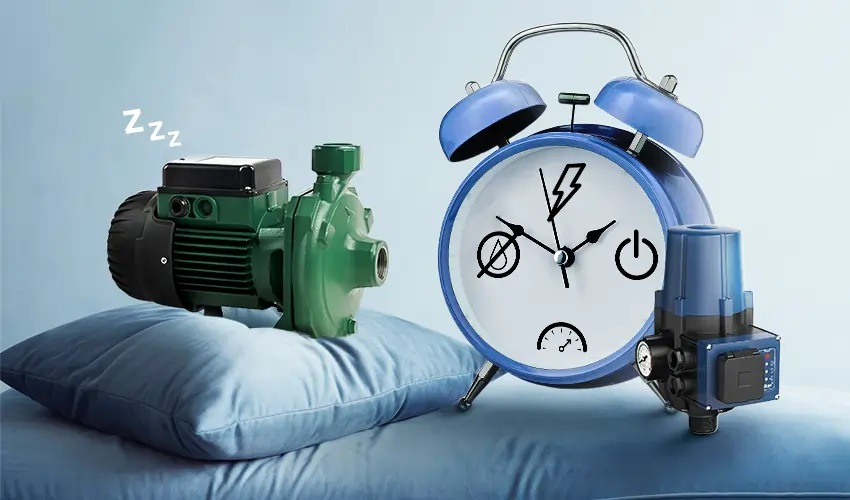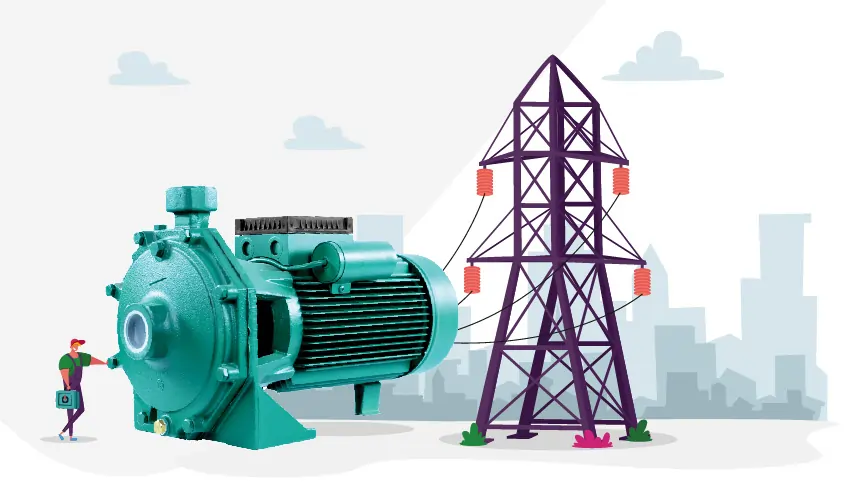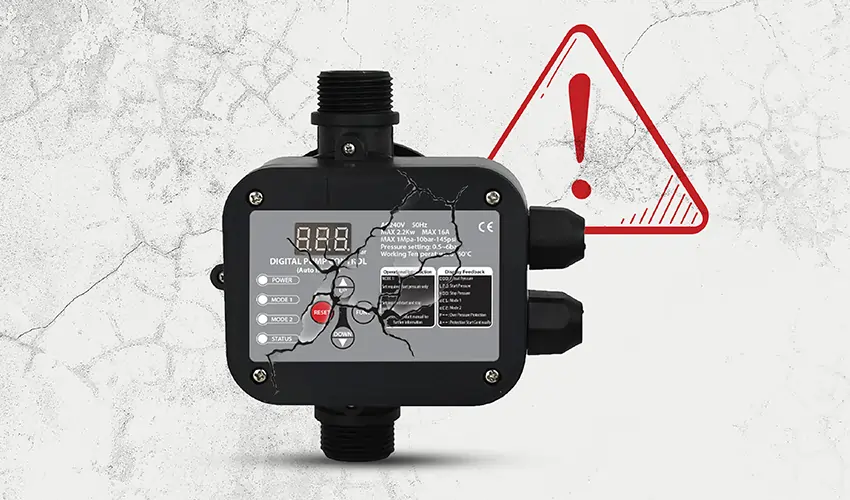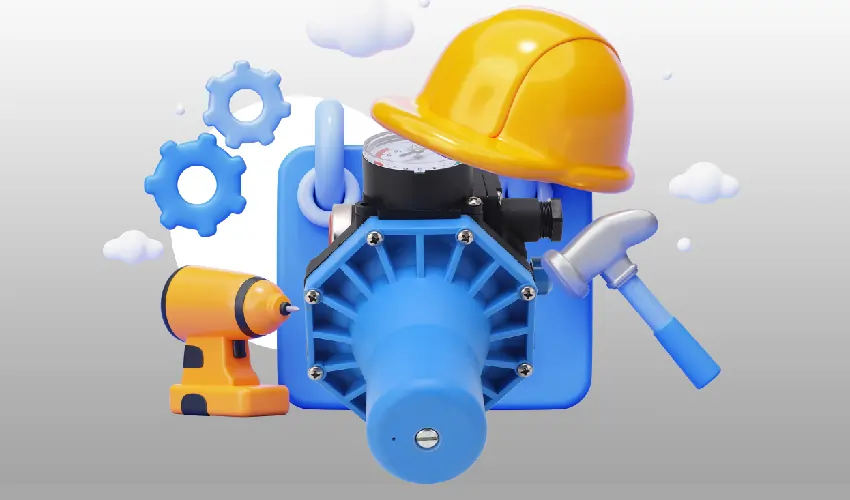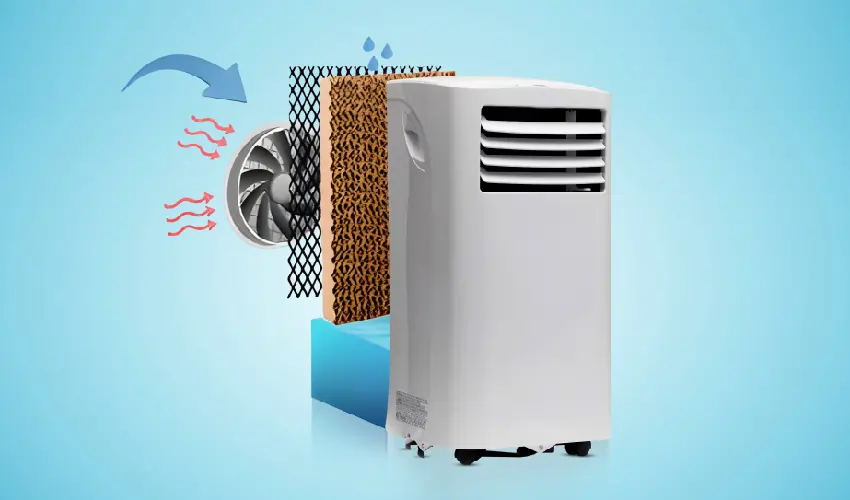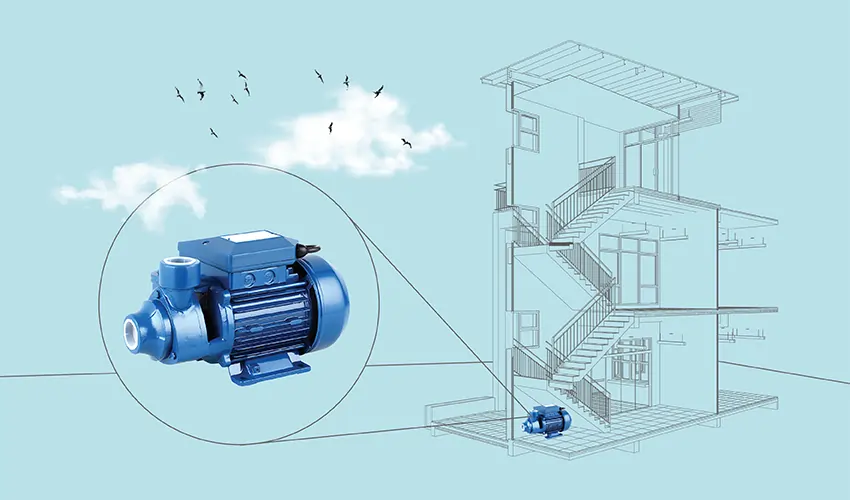This compact and efficient device is designed to overcome pressure losses, ensuring that fluids reach their destination with the necessary force. In this article we discuss what is an inline booster pump an how to choose the best one.
What Is an Inline Booster Pump?
An inline booster pump is a type of pump that is designed to increase the pressure of a fluid in a pipeline. It is typically installed directly in the pipeline, hence the term “inline,” and is used to boost the pressure of the fluid as it flows through the system. These pumps are often used in water supply systems, irrigation systems, and other applications where there is a need to overcome pressure losses in the pipeline.
They are especially useful in situations where the existing pressure is insufficient to meet the requirements of a particular application. By increasing the pressure of the fluid, these pumps ensure that it can reach its destination with the necessary force. This can be important for maintaining water flow in tall buildings, providing adequate pressure for sprinkler systems, or ensuring efficient water distribution in irrigation systems.
These pumps can be electrically or engine-driven and come in various sizes and configurations to suit different applications. They are an integral part of many fluid transportation systems, helping to optimize performance and meet the specific pressure requirements of a given process or system.
Inline Booster Pump Definition
The term “inline booster pump” refers to a pump that is installed directly within a pipeline to enhance the pressure of the fluid flowing through it. This type of pump is designed to overcome pressure losses and ensure that the fluid reaches its destination with the required force. Inline booster pumps are commonly used in water supply systems, irrigation setups, and other applications where an increase in fluid pressure is necessary for optimal performance. These pumps can be electrically or engine-driven and come in various sizes and configurations to suit specific needs.
How does an inline booster pump work?
An inline booster pump works by increasing the pressure of a fluid (such as water) as it flows through a pipeline. Here is a general overview of how an inline booster pump operates:
- Inlet
- The pump is installed in the pipeline, typically at a point where the fluid enters the system.
- Impeller Action
- The pump contains an impeller, which is a rotating component with blades or vanes.
- As the impeller rotates, it creates a centrifugal force that pushes the fluid away from the center of rotation.
- Pressure Increase
- The centrifugal force generated by the impeller increases the kinetic energy of the fluid, leading to an increase in pressure.
- Discharge:
- The pressurized fluid is then discharged from the pump and continues to flow through the pipeline.
- Boosting Pressure
- The pressure of the fluid is now higher than the incoming pressure, effectively boosting it.
- System Integration
- The inline booster pump is integrated into the overall system to ensure that the fluid reaches its destination with the required pressure.
- Control Mechanisms
- Some inline booster pumps are equipped with control mechanisms to maintain a consistent pressure level in the system. This can involve sensors and feedback systems that adjust the pump’s operation based on the current pressure conditions.
- Power Source
- Depending on the type of pump, it is powered by an electric motor or an engine, providing the necessary energy to drive the impeller.
Best Inline Booster Pump
Determining the “best” inline booster pump depends on specific requirements, the intended application, and the characteristics of the fluid being pumped. Different situations may call for different pump features, capacities, and designs. Here are a few considerations when looking for the best inline booster pump:
- Flow Rate and Pressure Requirements
- Consider the flow rate and pressure requirements of your system. The pump should be able to meet these specifications to ensure efficient operation.
- Material and Construction
- Choose a pump made from high-quality materials that are compatible with the fluid being pumped. This ensures durability and long-term reliability.
- Energy Efficiency
- Look for a pump that is energy-efficient. Energy-efficient pumps can help reduce operational costs over time.
- Variable Speed Options
- Some inline booster pumps offer variable speed options. This allows for more precise control over the pressure in the system and can contribute to energy savings.
- Ease of Installation and Maintenance
- Consider pumps that are easy to install and maintain. This can save time and money during both the initial setup and ongoing maintenance.
- Built-in Controls
- Pumps with built-in controls or the ability to integrate with control systems can provide added convenience and automation.
- Reliability and Brand Reputation
- Choose a pump from a reputable manufacturer with a history of producing reliable products. Check reviews and testimonials from other users.
- Application-Specific Features
- Some pumps come with features tailored to specific applications, such as water supply, irrigation, or HVAC systems. Consider pumps that offer features suited to your particular needs.
- Compliance with Standards
- Ensure that the pump complies with industry standards and regulations to guarantee safety and performance.
- Cost Considerations
- While cost is a factor, it’s important to balance it with the pump’s performance, reliability, and efficiency. Sometimes, a slightly higher upfront cost can lead to long-term savings.
Conclusion
In conclusion, selecting the best inline booster pump involves considering specific system requirements, such as flow rate and pressure needs, as well as factors like material quality, energy efficiency, ease of installation, and application-specific features. Reliability, brand reputation, compliance with standards, and overall cost-effectiveness are crucial considerations. It’s advisable to consult with experts and review user feedback to make an informed decision based on the unique demands of the intended application.


